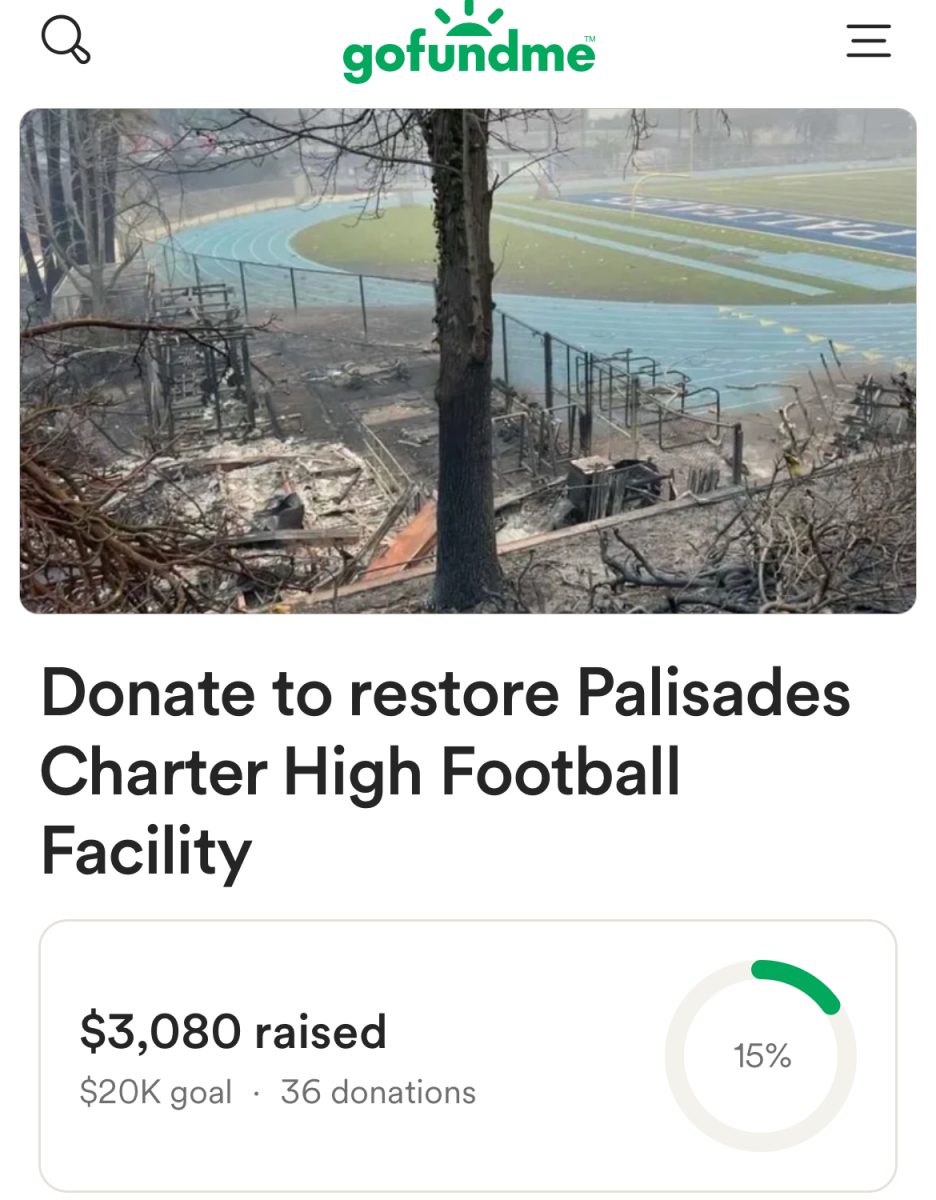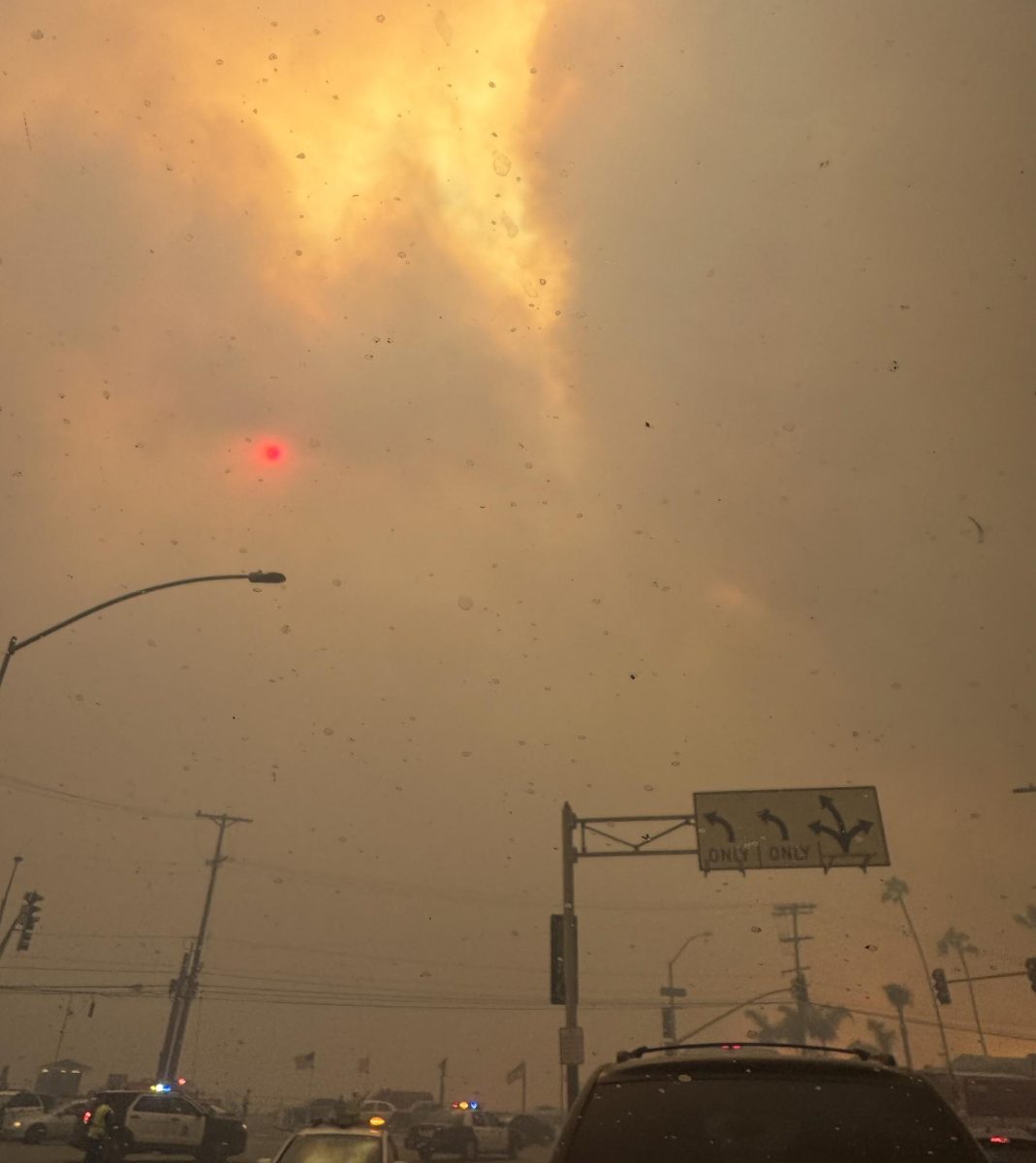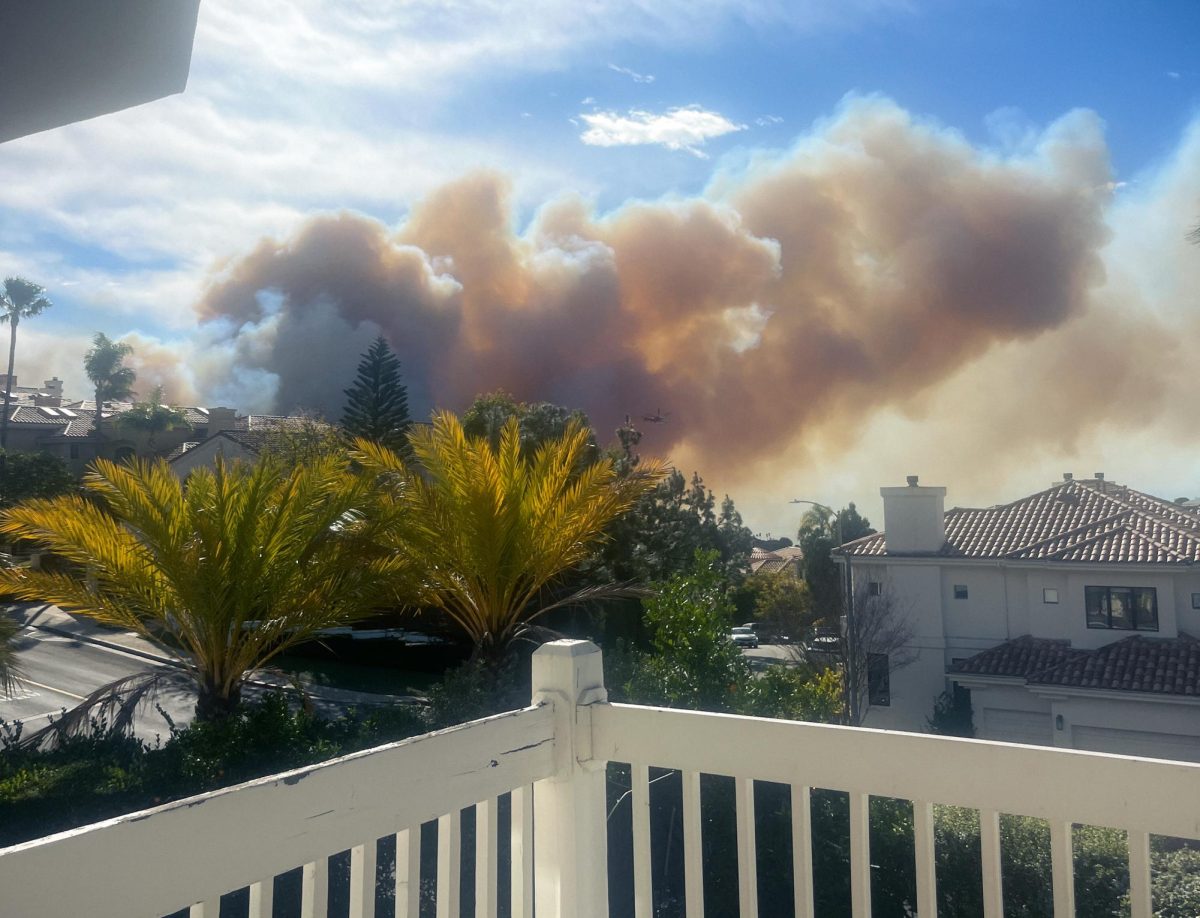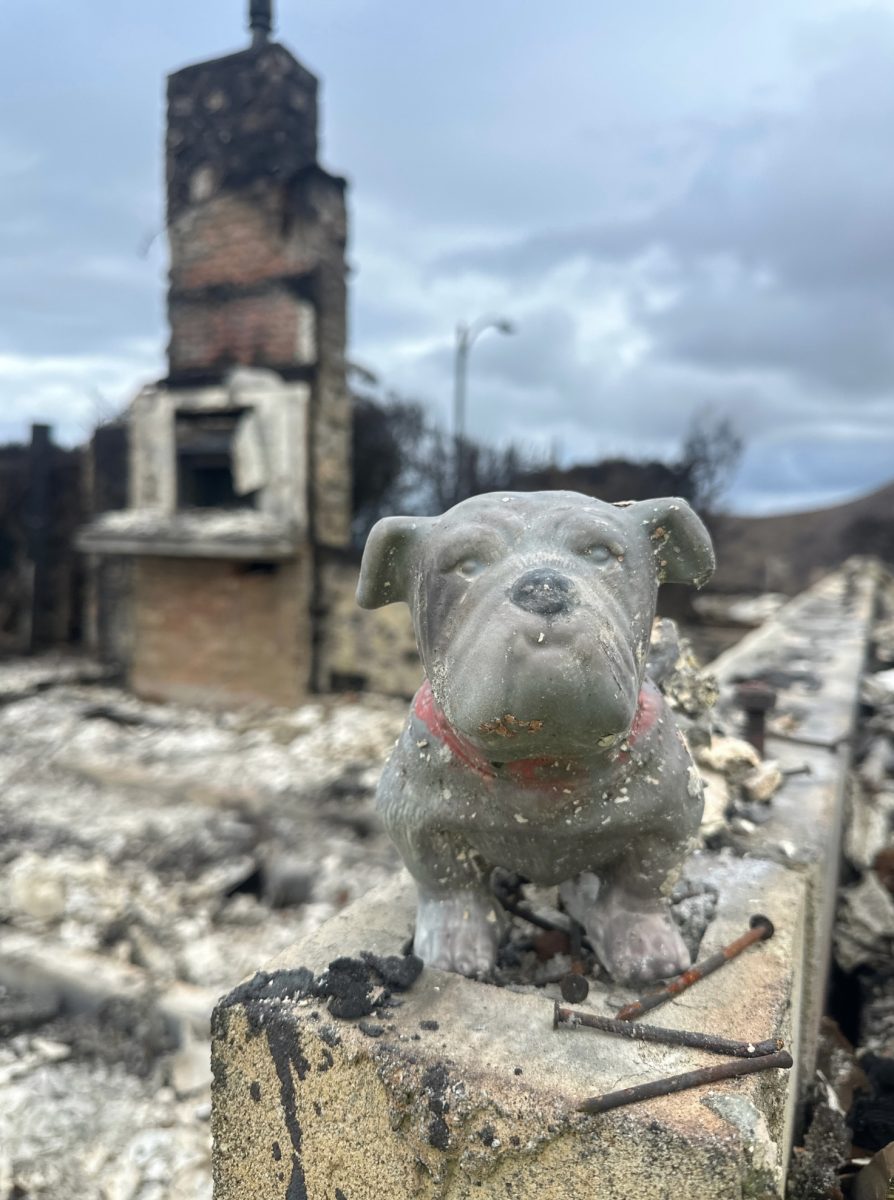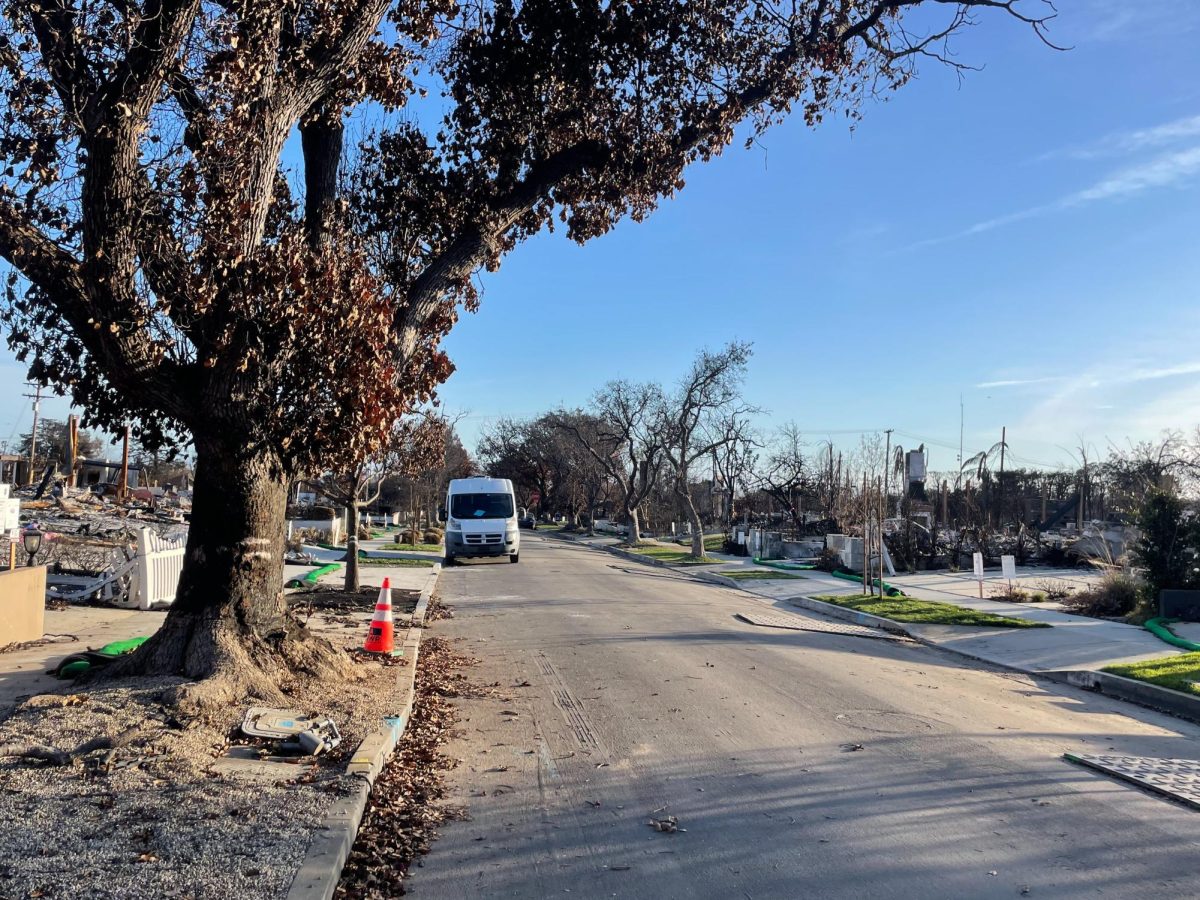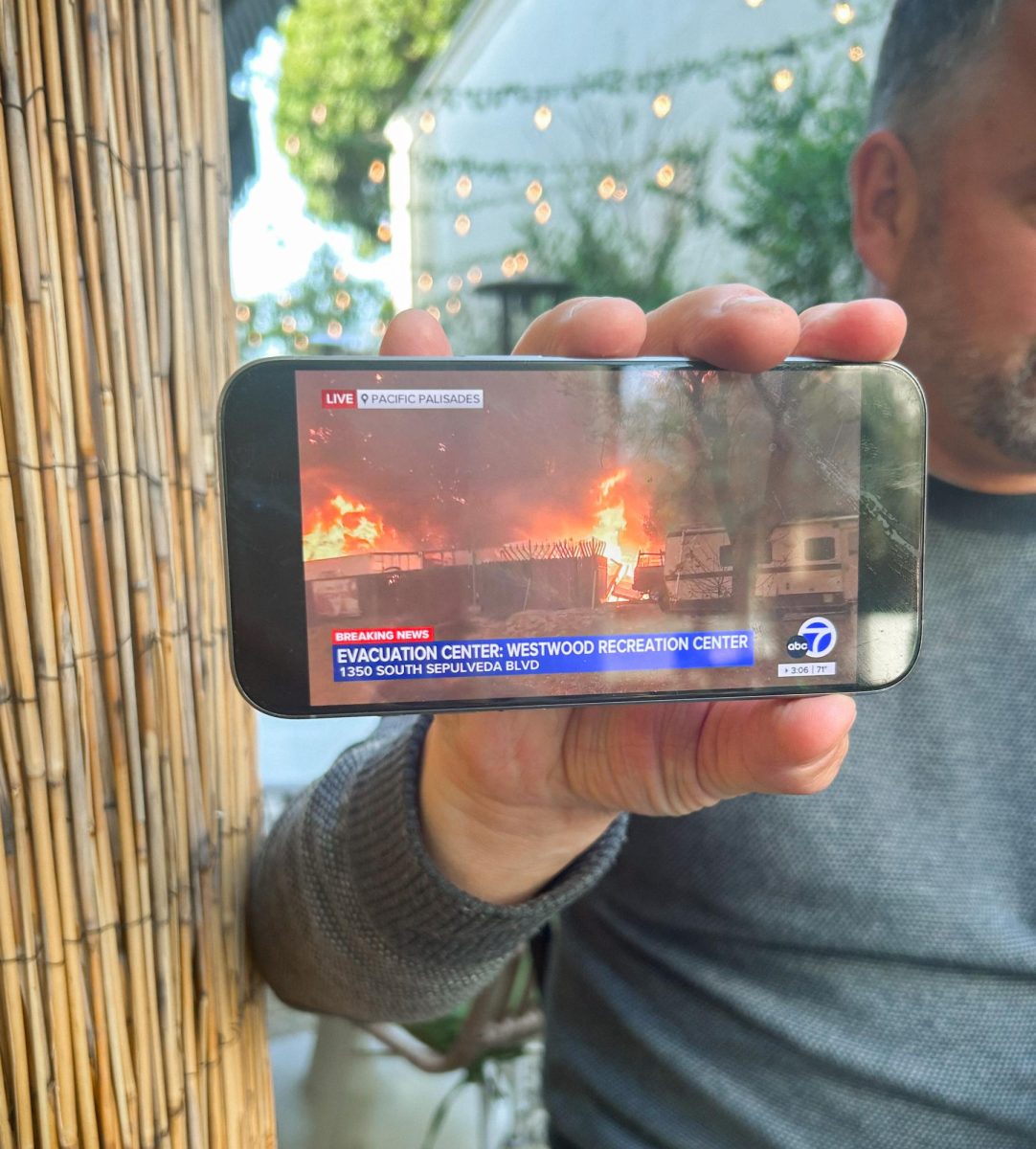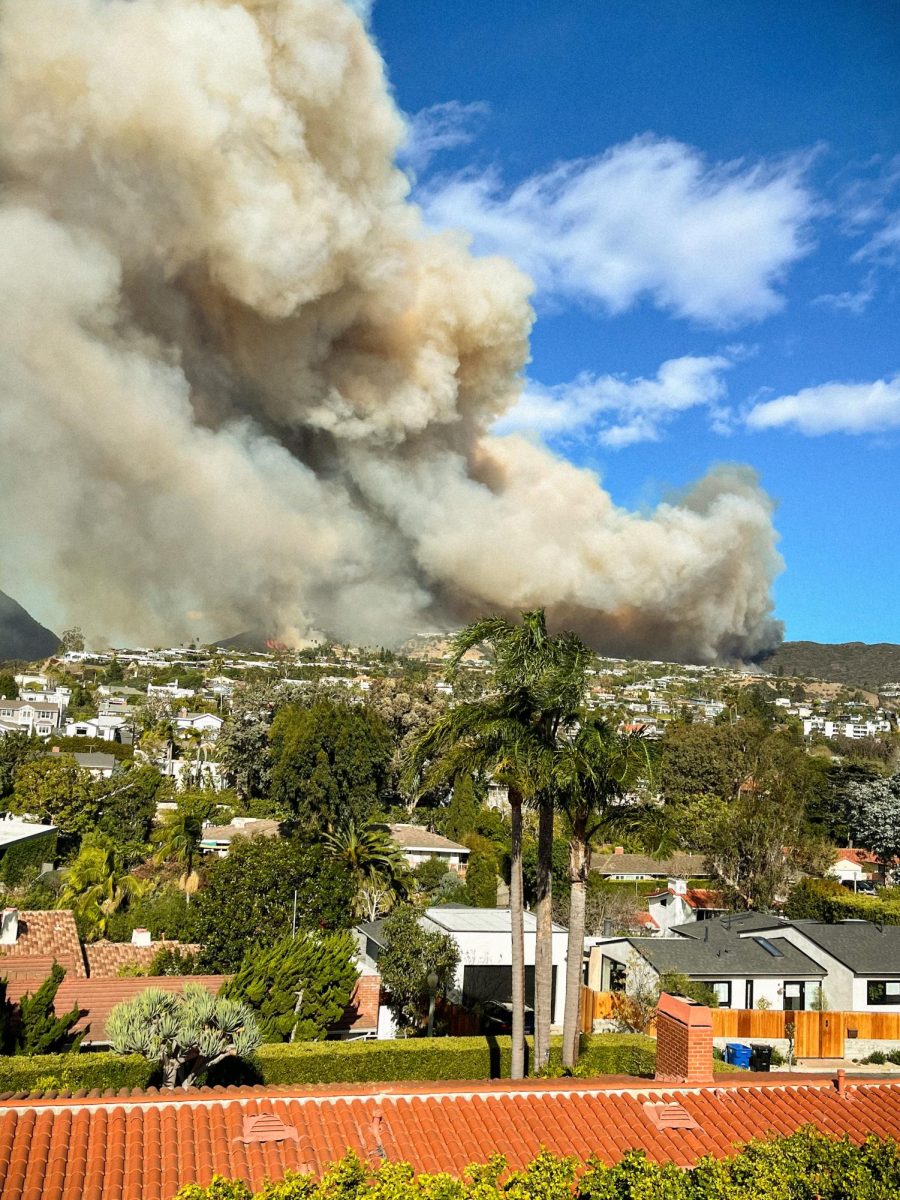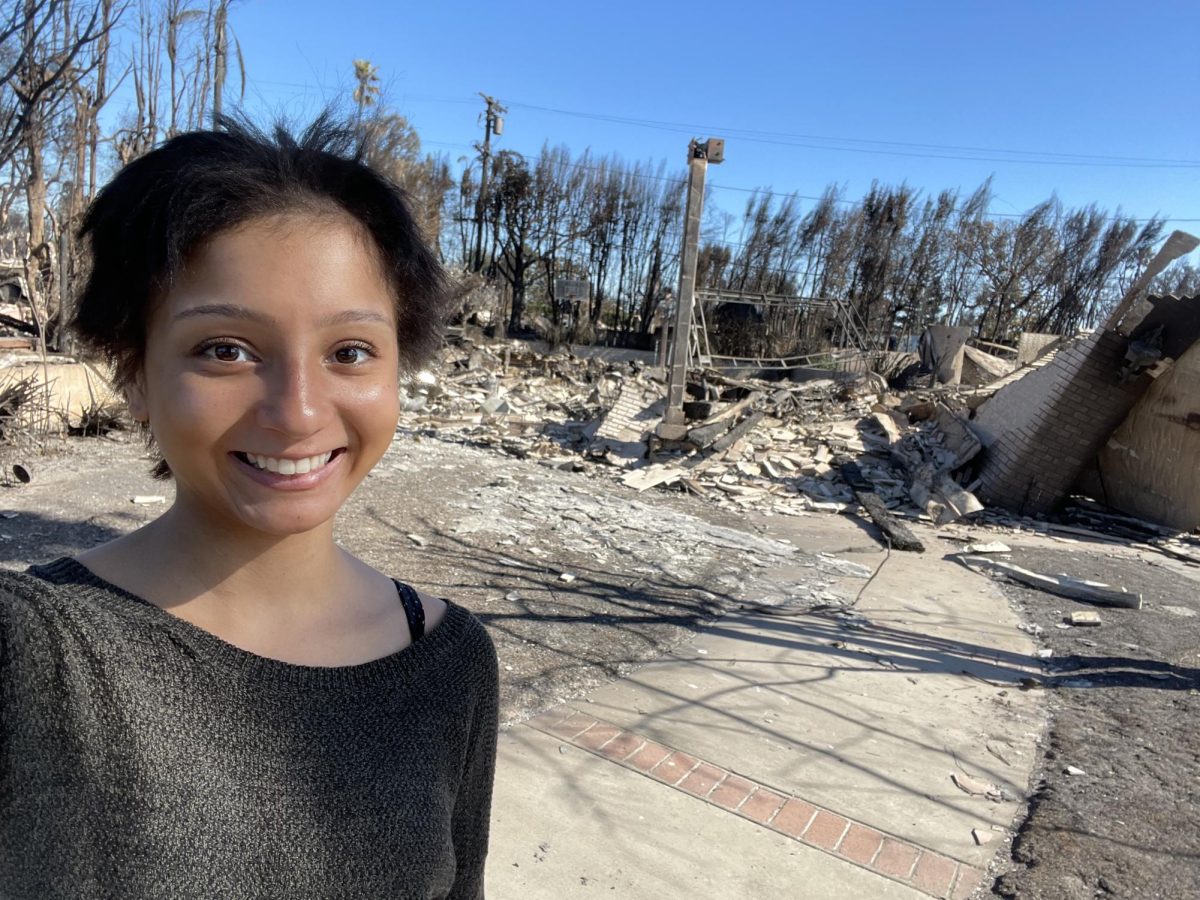Students Focus on Human Rights
September 15, 2016
Palisades Charter High School students and administrators collaborated to create the first Bill of Rights and Responsibilities for a high school, according to Nancy Flowers, a Human Rights Education expert. The document is based on the Universal Declaration of Human Rights, and it serves as a guide for our entire school community to help ensure that everyone’s rights are protected as well as to identify areas where we are responsible to each other. The red Universal Declaration of Human Rights poster can be found hanging in teachers’ classrooms, designed by a 2010 alumna of Pali named Brooke Greenberg.
In the summer of 2015, nearly two dozen Pali teachers attended a Human Rights Education seminar where they learned how to incorporate human rights issues into their curriculum. At this meeting, which was sponsored by the Human Rights Watch Student Task Force, students suggested the creation of a Student Bill of Rights and Responsibilities to address concerns students have about various on-campus communities, diversity and equal access to resources and classes.
Under the guidance of Pali Principal Dr. Pamela Magee and AP Spanish teacher Sandra Martin, a group of students representing different clubs and ethnic groups got together to begin the production of the Student Bill of Rights and Responsibilites, also known as the SBRR. In writing the SBRR, students used different tools, including a survey “Taking the Human Rights Temperature of Your School.” At the start of the 2015-16 school year, the human rights temperature of Pali was a chilly 46 degrees out of 100, according to the survey. The group of leaders also focused on the lowest- and highest-scoring statement on the survey. Some of the survey results were difficult to translate because they exposed contradictory feelings.
The following chart reveals the Pali’s weakest and strongest areas, according to the survey:
| Some Interesting Findings | |
| Question 14: My school community welcomes students, teachers, administrators and staff from diverse background and cultures, including people not born in this country.
Response: 47 percent of students agreed with this statement, which means 53 percent do not agree |
Question 12: Someone accused of wrongdoing is presumed innocent until proved guilty.
Response: 21 percent of students agreed with this statement. |
| Question 2: My school is a place where I am safe and secure.
Response: 71 percent of students agreed with this statement. |
Question 6: When someone violates the right of another person, the violated is helped to learn how to change her/his behavior.
Response: 24 percent of students agreed with this statement. |
| Question 4: My school provides equal access, resources, activities, and accommodation for everyone.
Response: 67 percent of students agreed with this statement. |
Question 16: Members of my school can produce and disseminate publications without fear of censorship or punishment.
Response: 27 percent of students agreed with this statement. |
Leaders used the survey results and compared them to articles in the Universal Declaration of Human Rights (UDHR) for added emphasis. They also created a set of responsibilities that the students must fulfill in order to protect their rights.
Leaders looked at each article in the UDHR and thought about how that might apply on campus. For example, UDHR Article 7 is the right to equality before the law. Students determined the corresponding right is, “Students accused of violating school rules and/or rights of others have the right to have their alleged infraction explained to them.” The corresponding responsibility is that the “Student must comply with all school rules, as well as warranted question and investigation.”
Since students started working on the SBRR, the following areas of improvement have been identified, and some have been addressed:
- AP and honors classes are more accessible, and support classes are being offered;
- an African American studies classes are available and a Chicano studies class is being developed;
- a unisex bathroom located in the M building; and
- more transportation scholarships are being offered.
The Student Bill of Rights and Responsibilities is a living document with the purpose of establishing the basis of a fair, safe and engaging learning environment for Pali students while clearly spelling out a set of correlating responsibilities. Student leaders are continuing to work to find the best ways to implement and enforce these rights and responsibilities on campus. They will reconvene with other students for another brainstorming session toward the end of September.
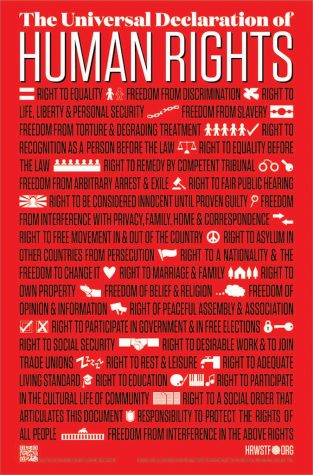
Leslie Magana is one of the central leaders responsible for the creation of The Student Bill of Rights and Responsibilities.




